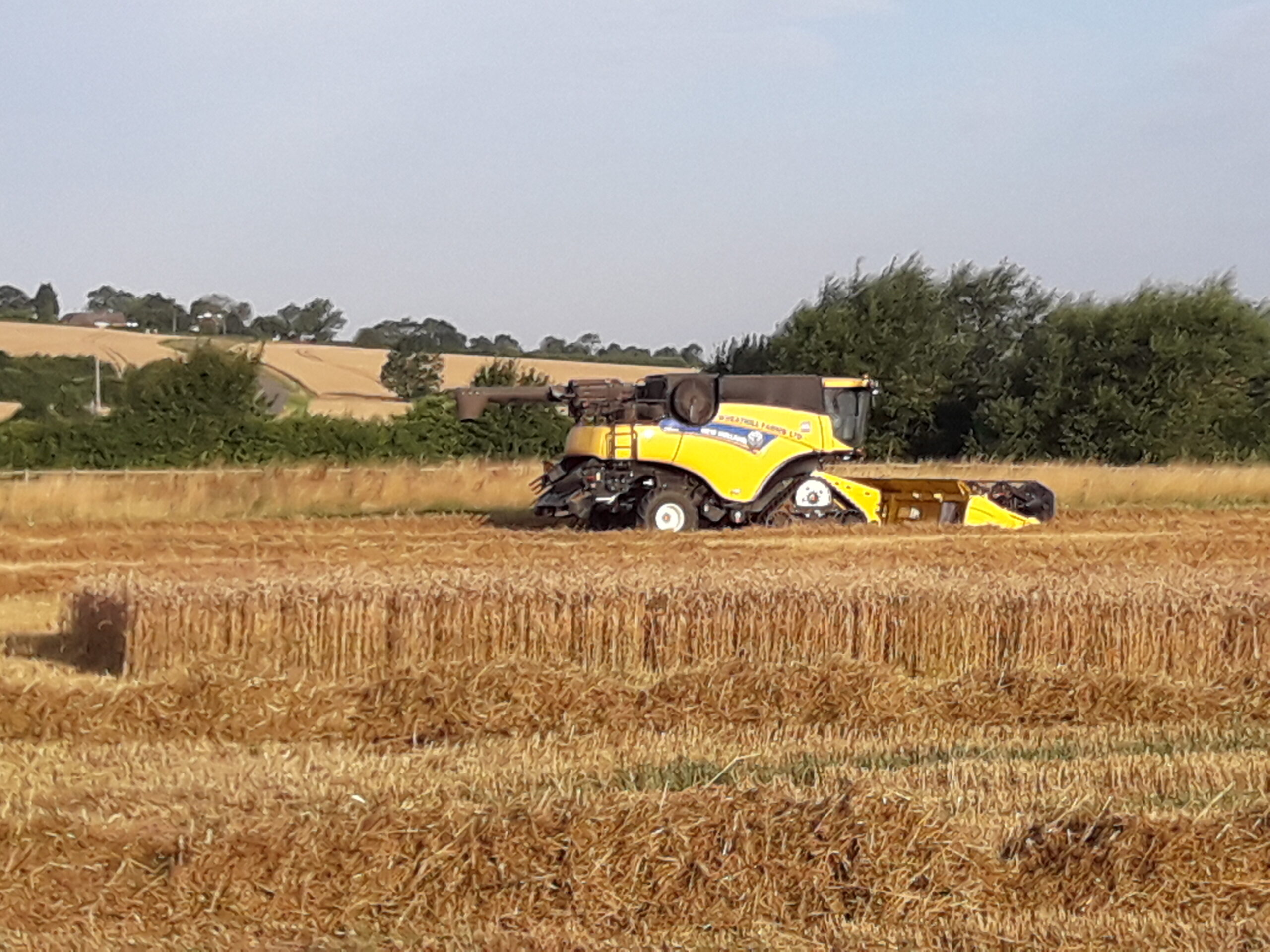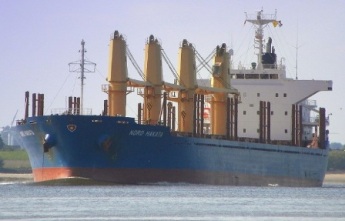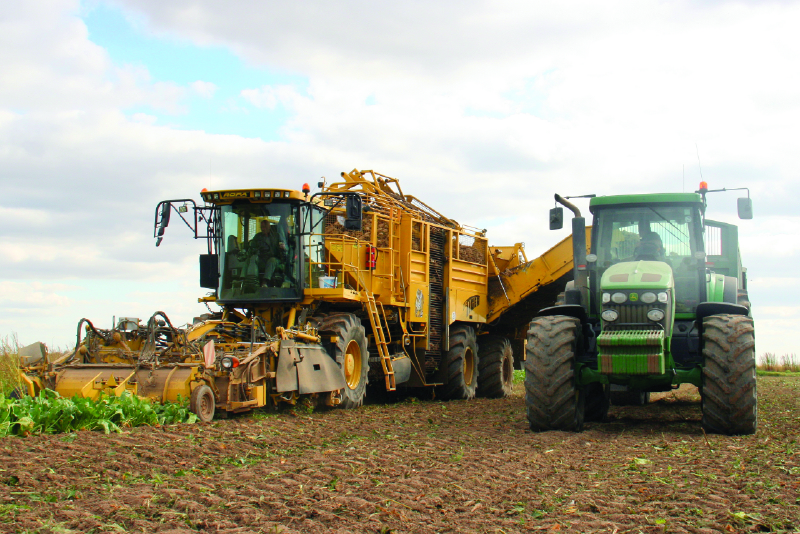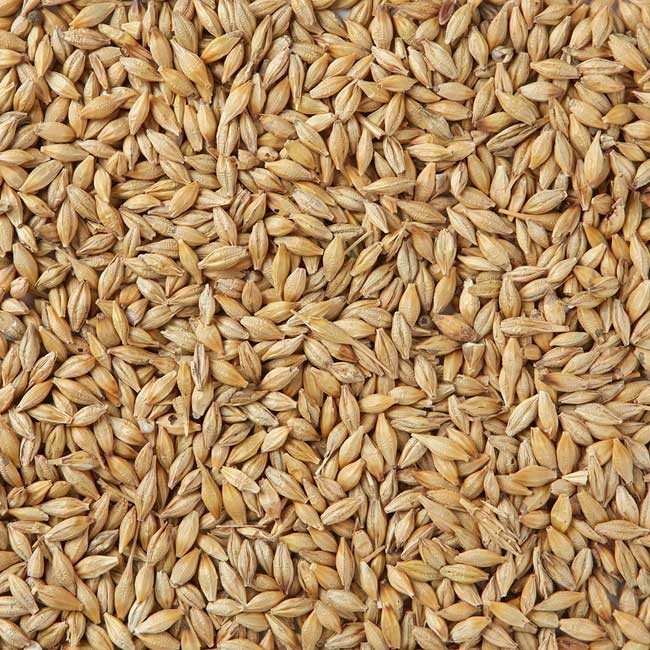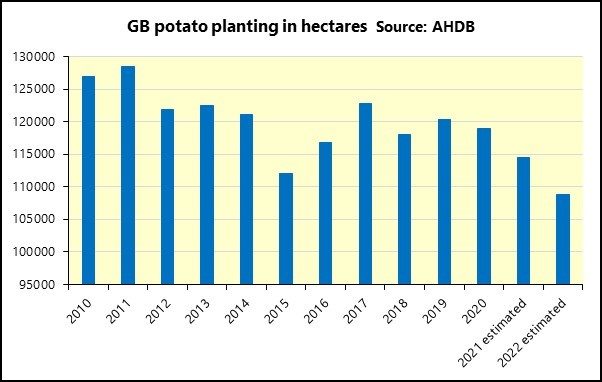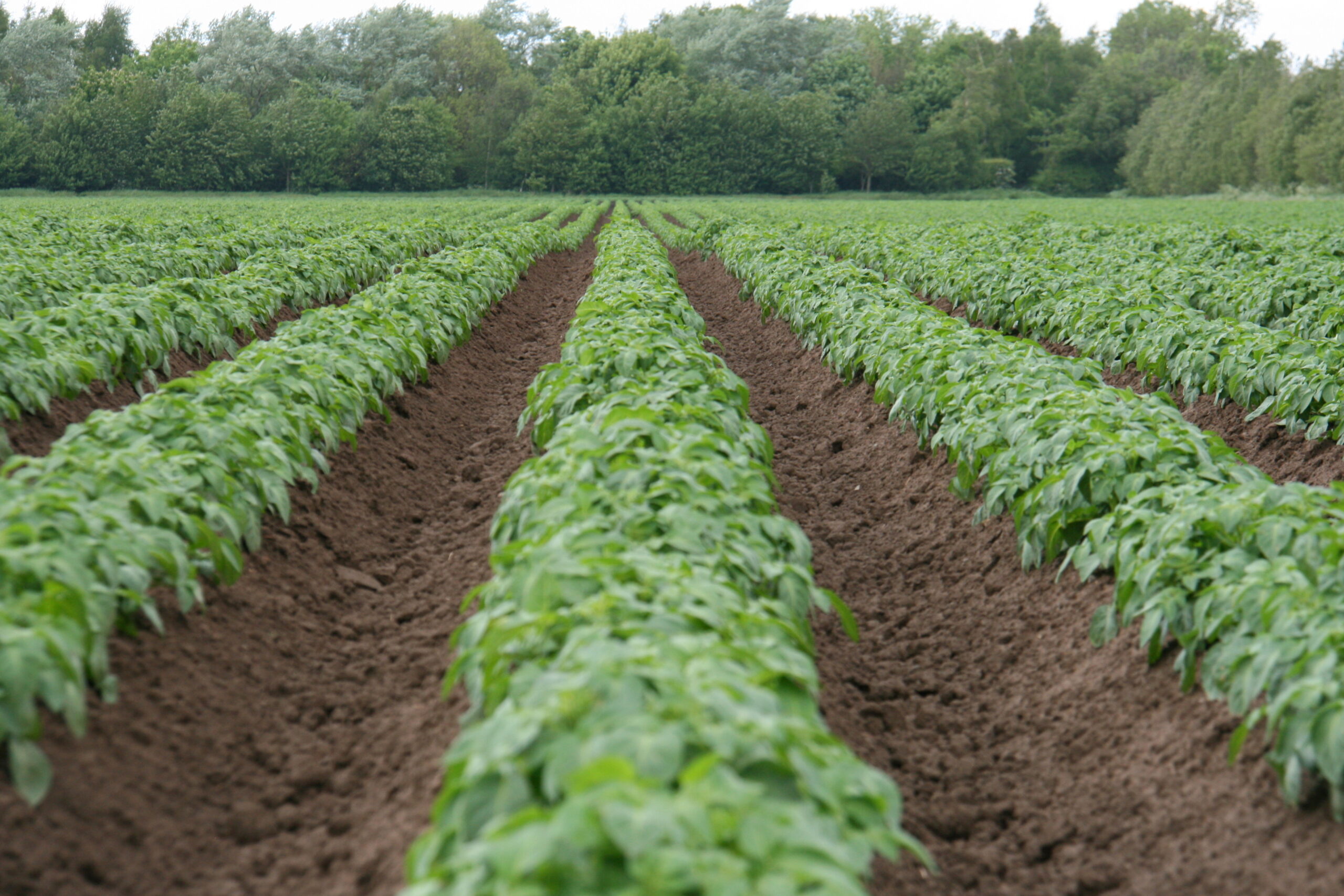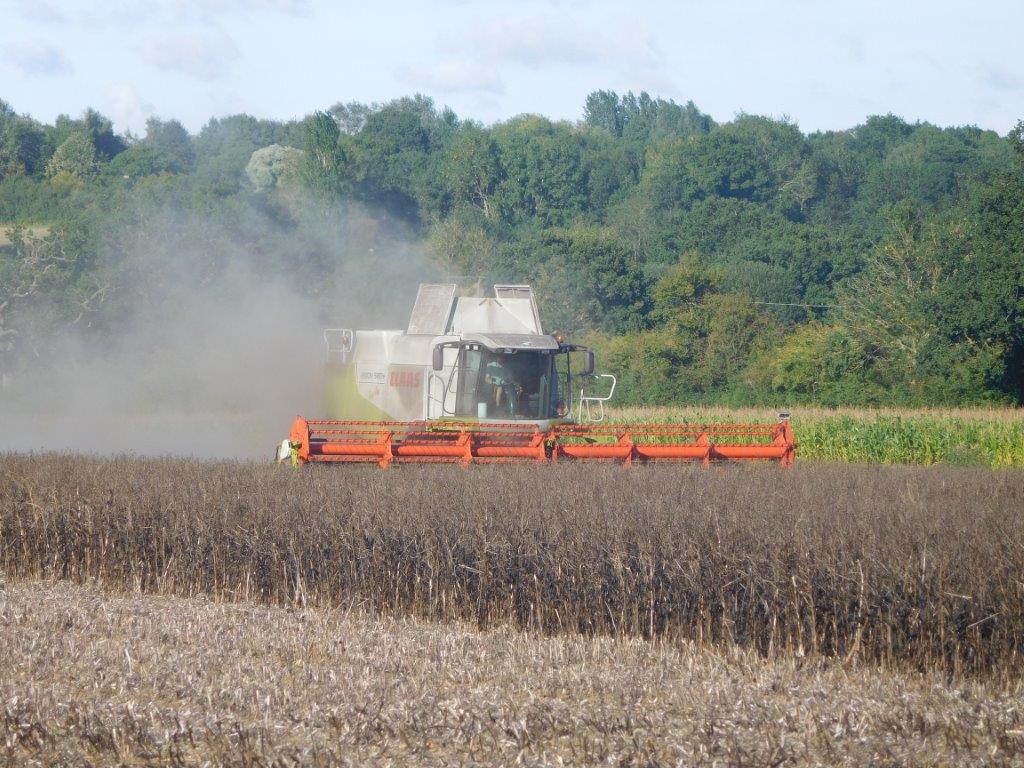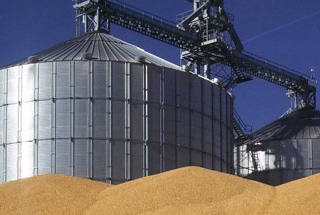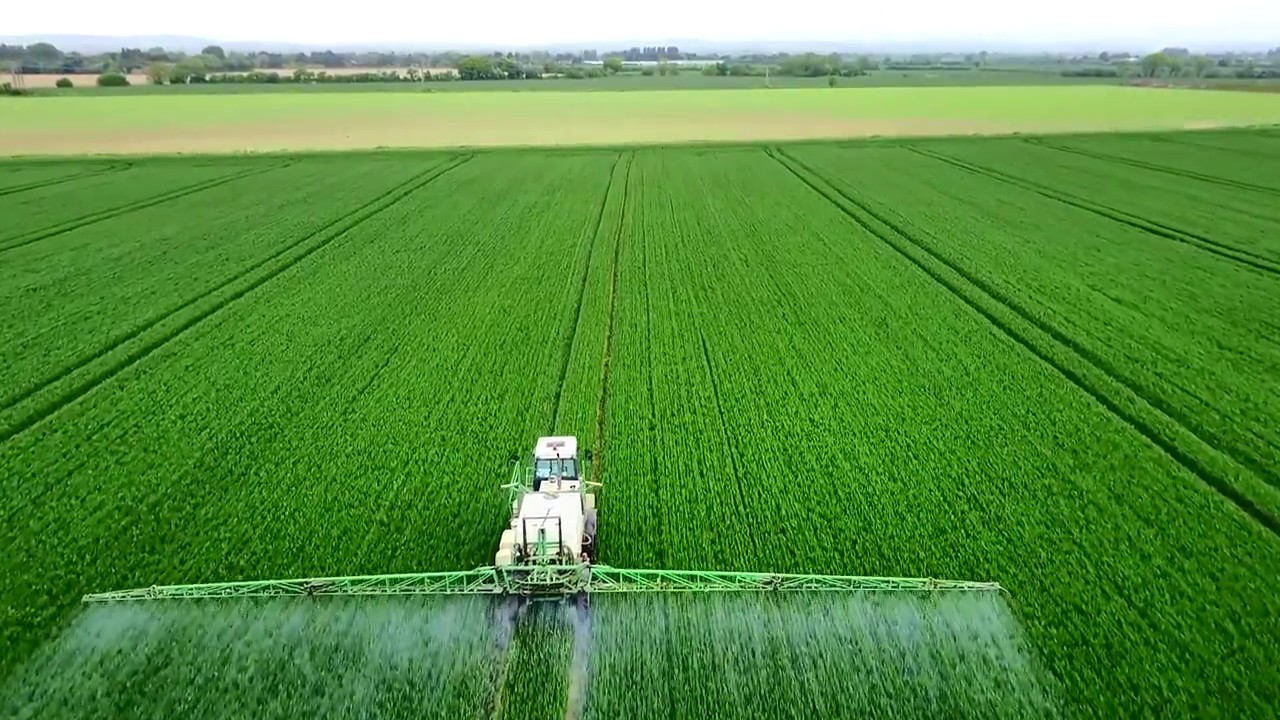The UK grain and oilseed harvest is well ahead of typical pace. Much the UK barley crop and swathes of the Oilseed Rape crop have been cut. Many farmers are now well into their wheat crops some 7 to 10 days ahead of normal. Early indications point to high bushel weights among winter grain crops.
UK grain markets have tracked global prices in recent weeks. Both new and old crop wheat prices have fallen in response to the availability of grain in Europe and the US. UK feed wheat prices (ex-farm) were quoted at just over £242 per tonne on 22nd July. Milling premiums have also fallen back to around £25 per tonne, ex-farm. However, if high specific weights persist throughout harvest, diluting the proportion of protein, we are likely to see an increased premium for good protein levels.
Feed barley prices have been pressured downwards by harvest progress, quoted at a £31 per tonne discount to wheat, at £211 per tonne.
Oilseed rape prices have also fallen considerably over the course of the last month. Oilseed rape (spot) is now worth £534 per tonne, down from £596 per tonne at the end of June. This is in part due to the move from old crop to new crop pricing. Similar declines have been seen in November 2022 Paris Rapeseed futures. This points to an overall easing in response to improved supply and weaker demand of oilseeds globally. An increase in oilseed rape plantings is anticipated for harvest 2023. However, a lack of soil moisture may cap these gains.
Feed beans and peas were quoted at £282 and £272 per tonne, respectively (spot, ex-farm). Prices are back to tracking wheat prices closely after wheat had opened up a large premium earlier in 2023.
Harvest pressure is inevitable at this time of year. A greater surplus of UK grain, either for export or closing stocks, is expected in the coming season. This will drive a closer relationship between UK and EU grain prices. While there is short term pressure in prices, long-term the global supply and demand of grains remains tight.
